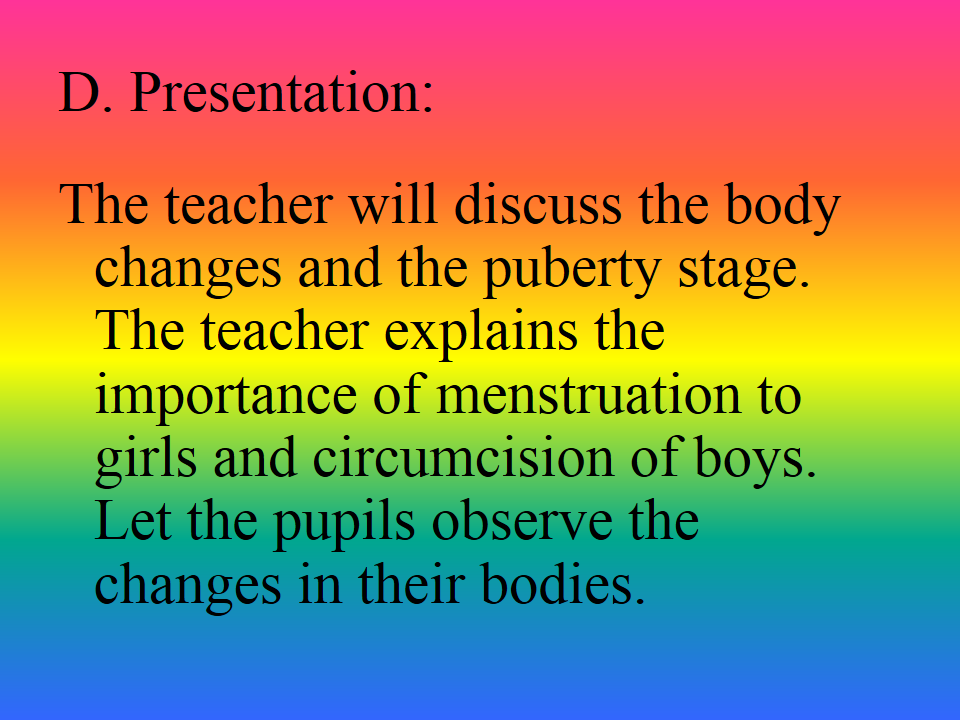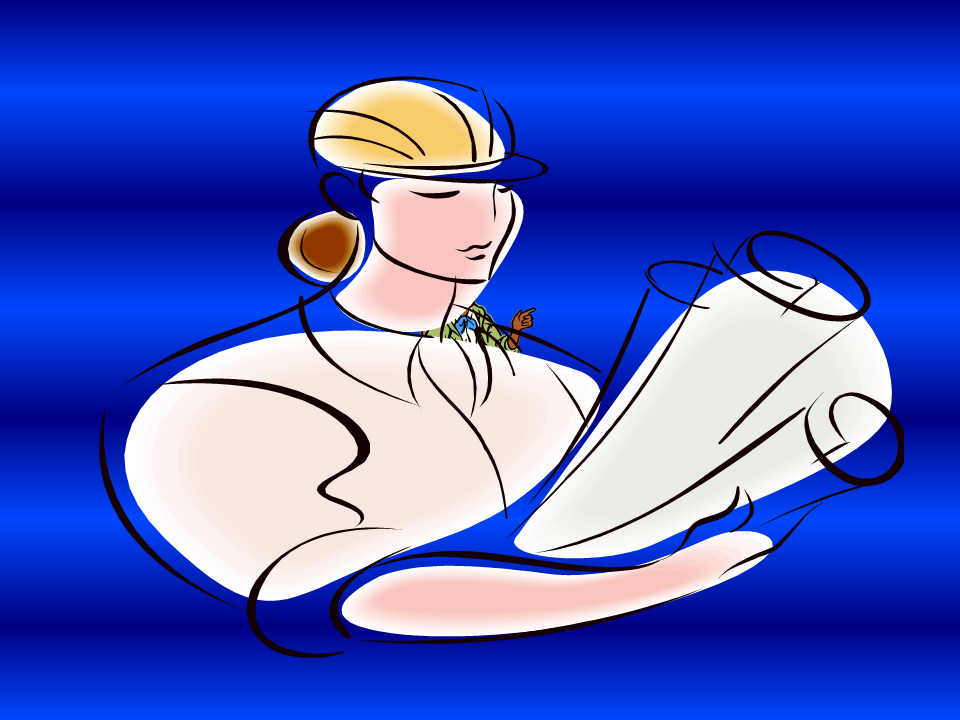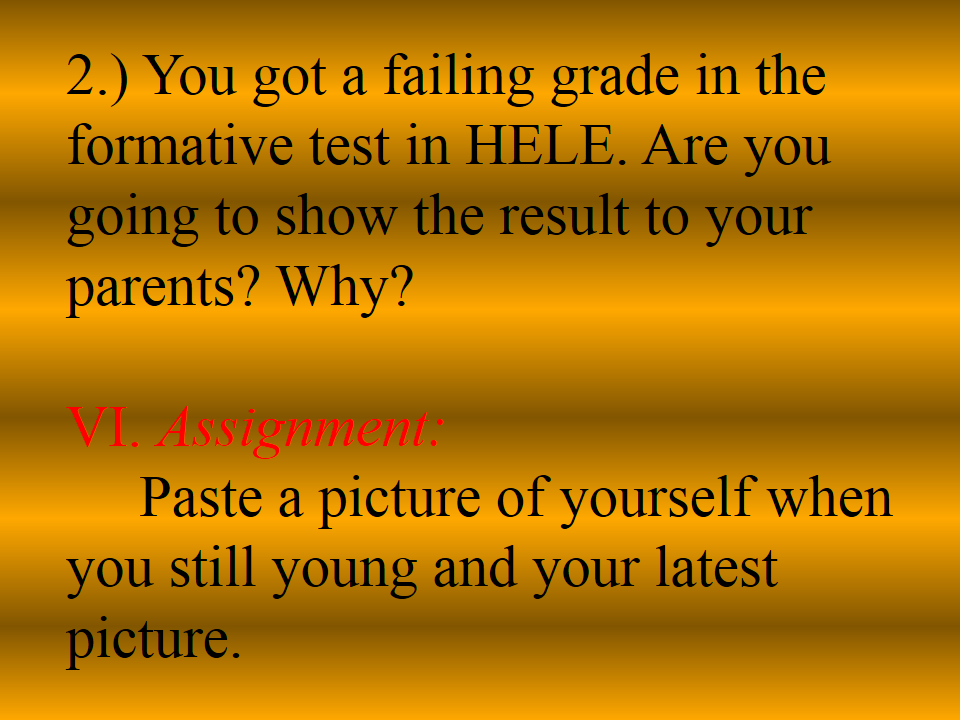EDTECH
2 : MIDTERM PERIOD
ASSIGNMENT NO. 1
DEADLINE : WEDNESDAY, JANUARY 15, 2014 ON OR BEFORE 12:00MN
Instructions:
Study the above picture and
discuss the paper cycle – from creation to retrieval. Then, come up with an
electronic trail. Show also an electronic trail picture.
1.
extraction
of row materials
2.
design
and production
3.
packaging
and distribution
4.
use
and maintenance
5.
reuse
and recycling
6.
disposal
The
steps how to make paper trail is the ff:
n Creation – the
action or process of bringing something into existence.
n Processing-
perform a series of mechanical or chemical operations on something in order to
change or preserve it
n Storage- the
action or method of storing something for future use.
n Retrieval- the
process of getting something back from somewhere.
PRODUCTION
OF PAPER CYCLE
1. FOREST
2. MANUFACTURING
3. USE
4. RECOVERY
5.
EXPORTS
6.
END
OF LIFE
Much like other things in life,
paper has a life cycle. Paper has a specific job for a short period of time.
When we treat paper as a family member or like an antique piece of furniture,
it creates, besides a big stack of clutter, a problem with the organization of
our home and office. So let’s take a look at the cycle in detail.
Paper arrives.
It comes through the mail, through our
printer, through backpacks, through purses and briefcases. Paper doesn’t
just magically appear all over the floor, counter top or table
Paper stays.The main reason we accumulate excess paper is because a decision isn’t made at the time of its arrival. Make decisions. Decide to decide
Paper leaves.
If you think about it, there are
not many examples of paper we need to keep forever. Most paper has a deadline,
expiration, and date range to indicate if it needs saving.
ELECTRONIC
TRAIL
The
steps how to make ELECTRONIC TRAIL is the ff:
n Creation – the
action or process of bringing something into existence.
n Processing-
perform a series of mechanical or chemical operations on something in order to
change or preserve it
n Storage- the
action or method of storing something for future use.
n Retrieval- the
process of getting something back from somewhere.





























